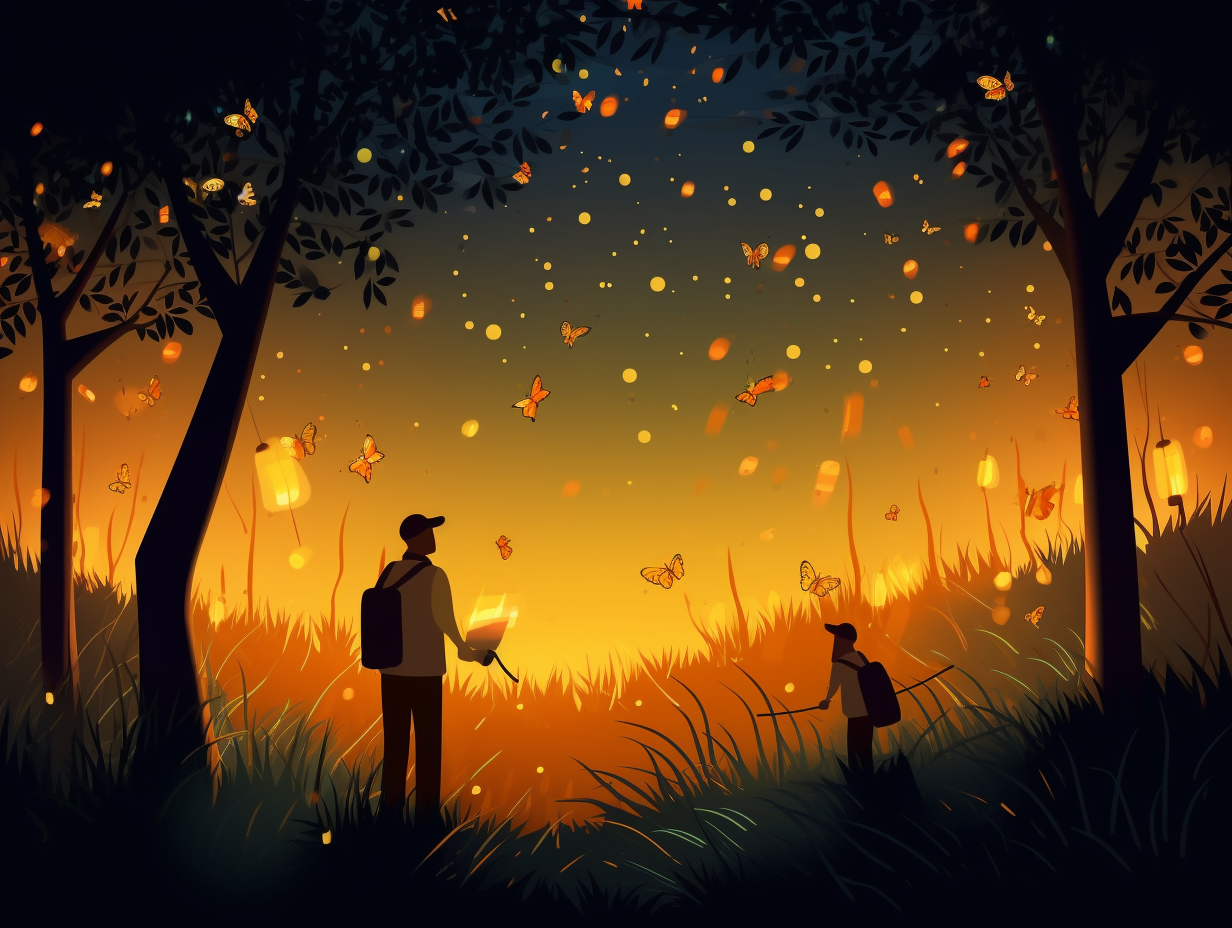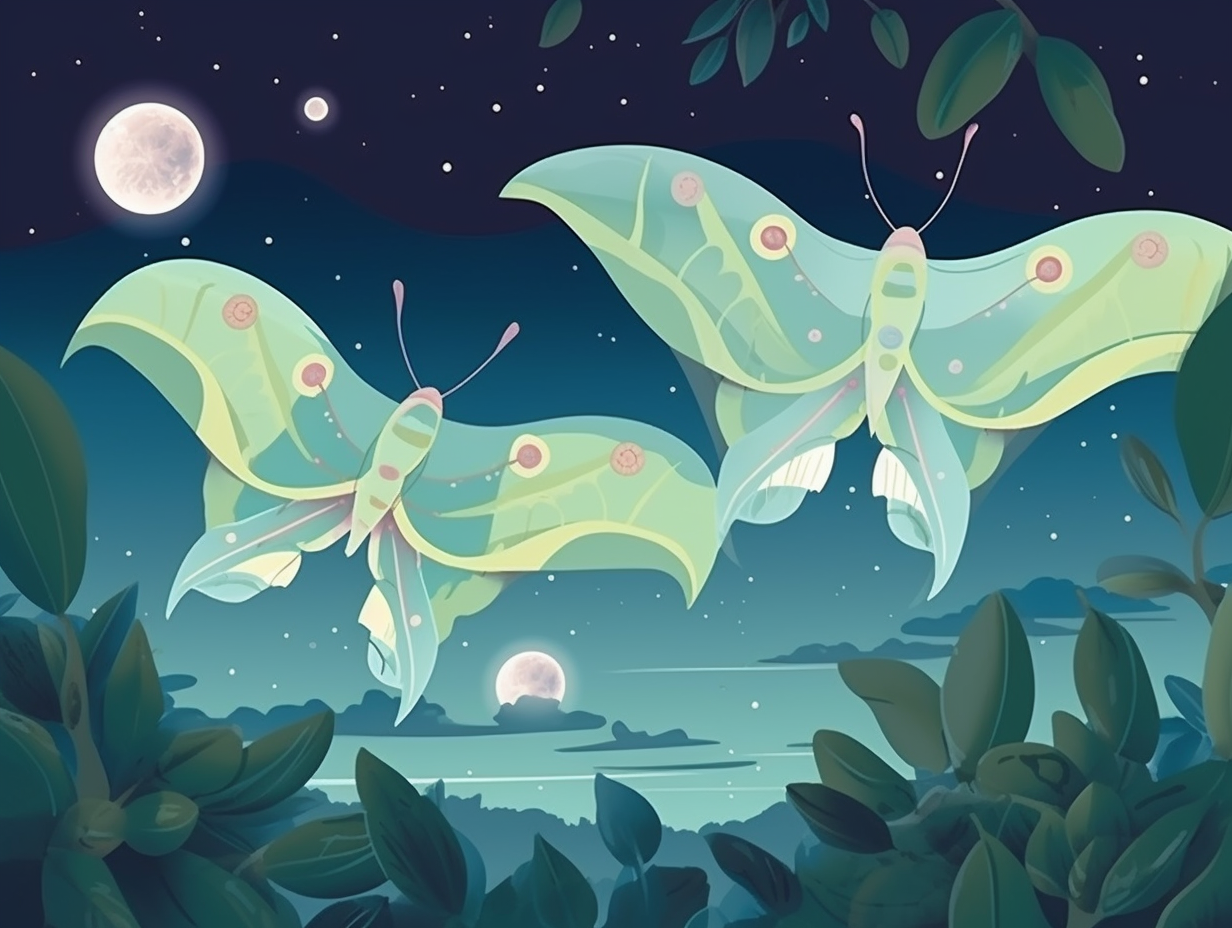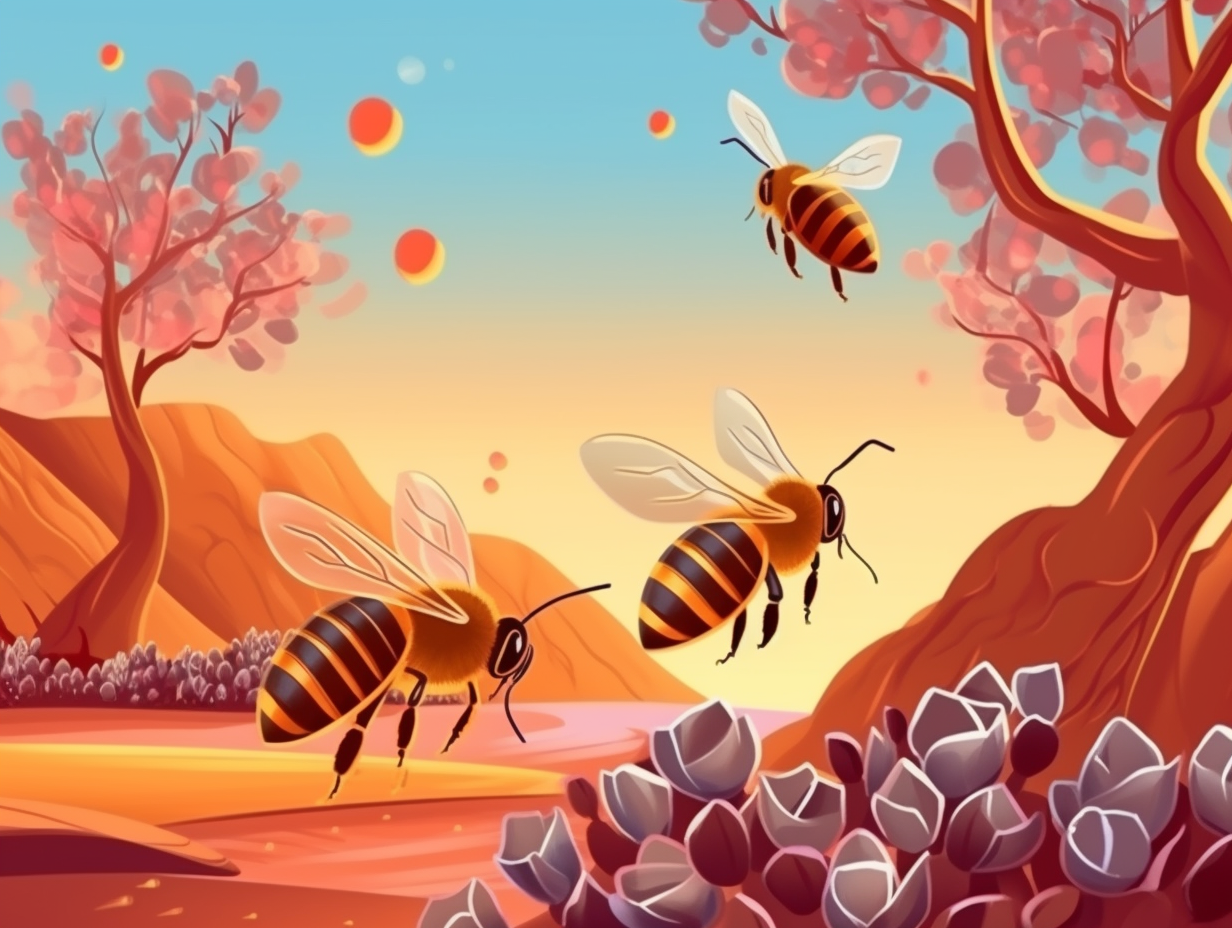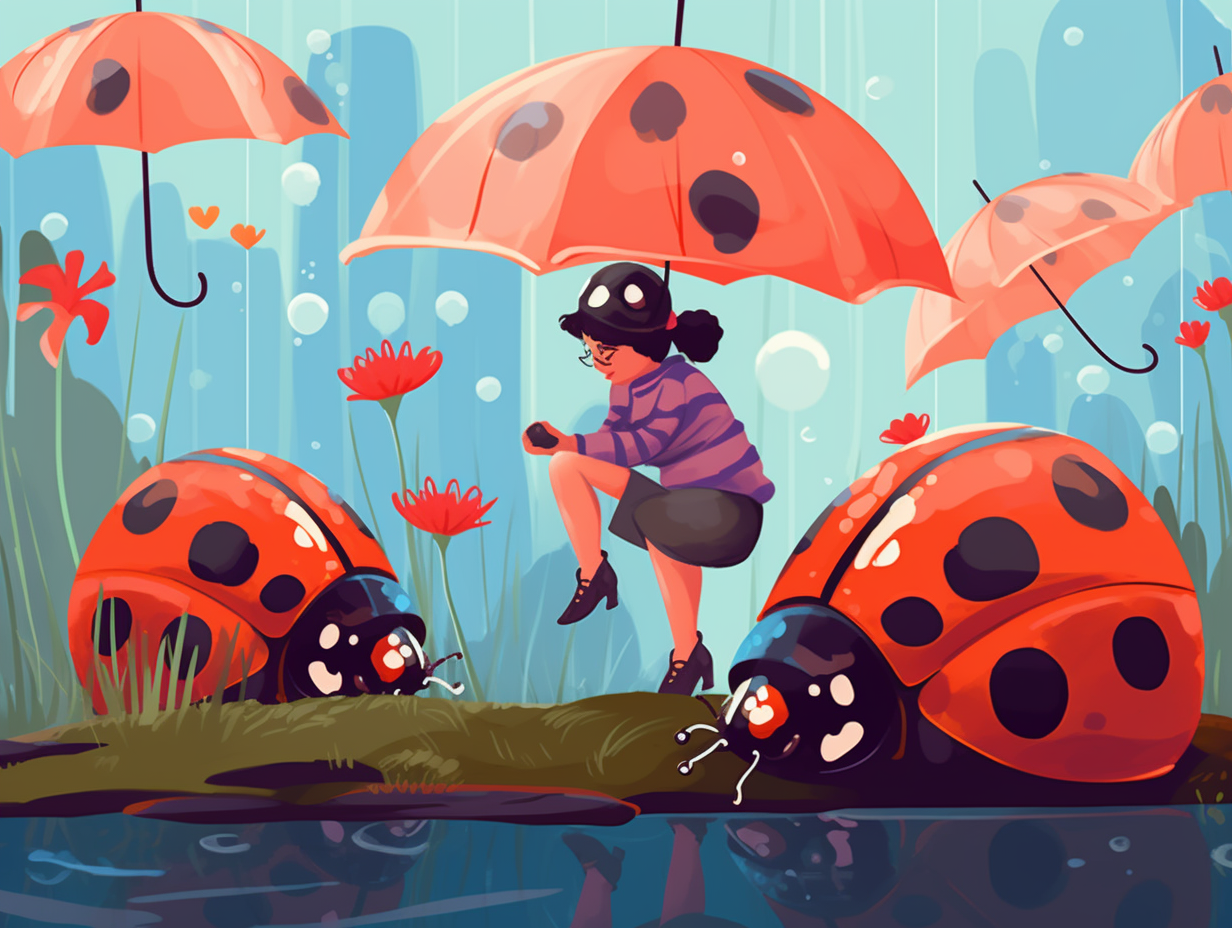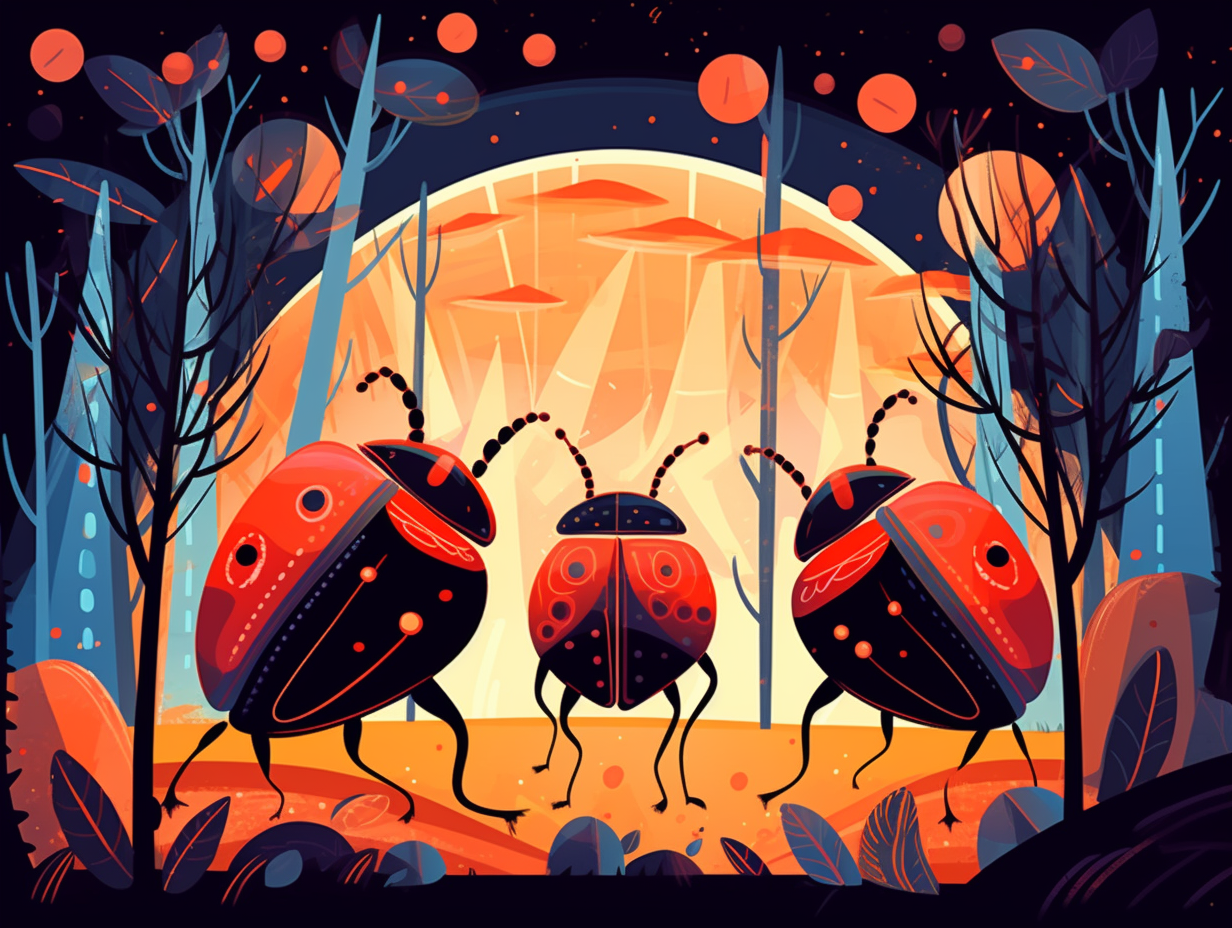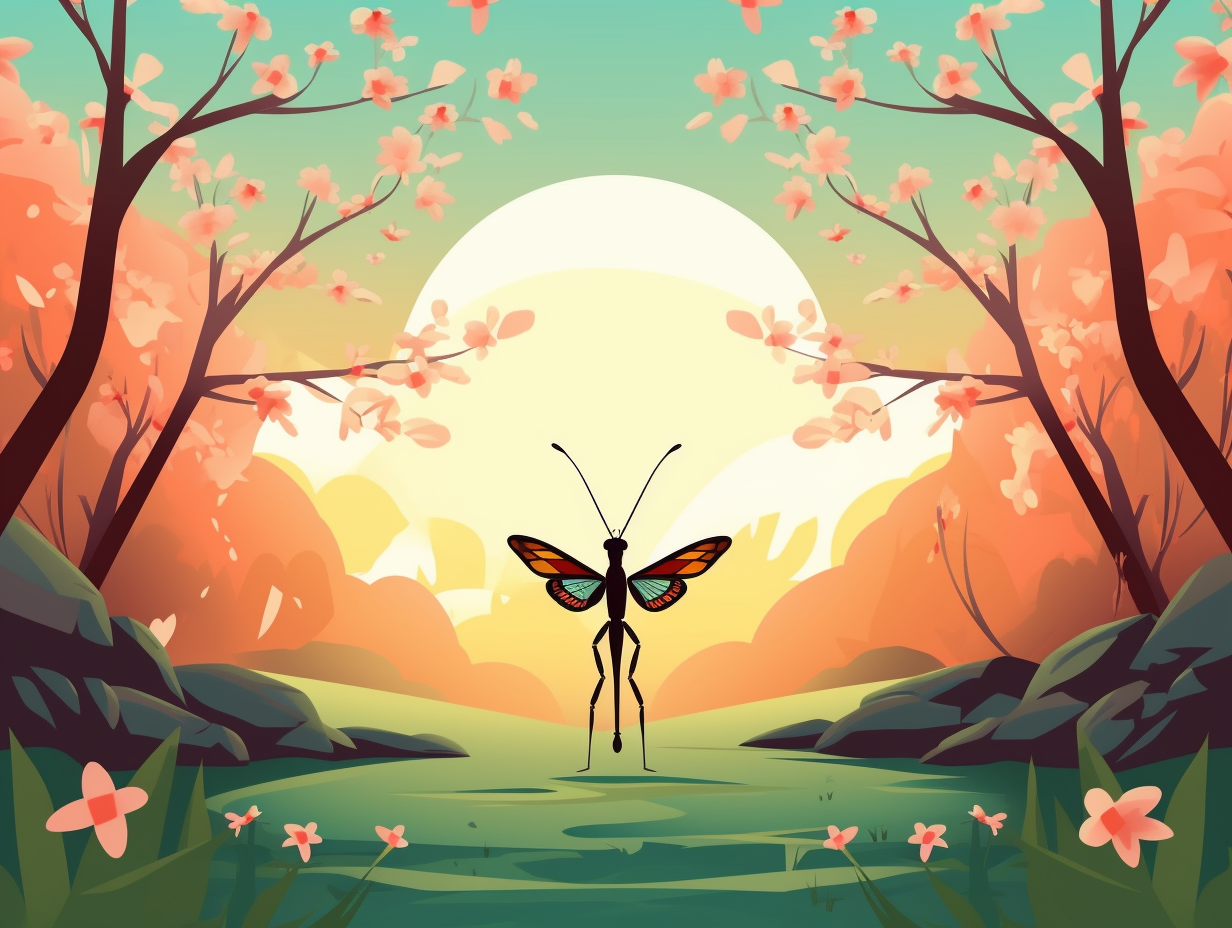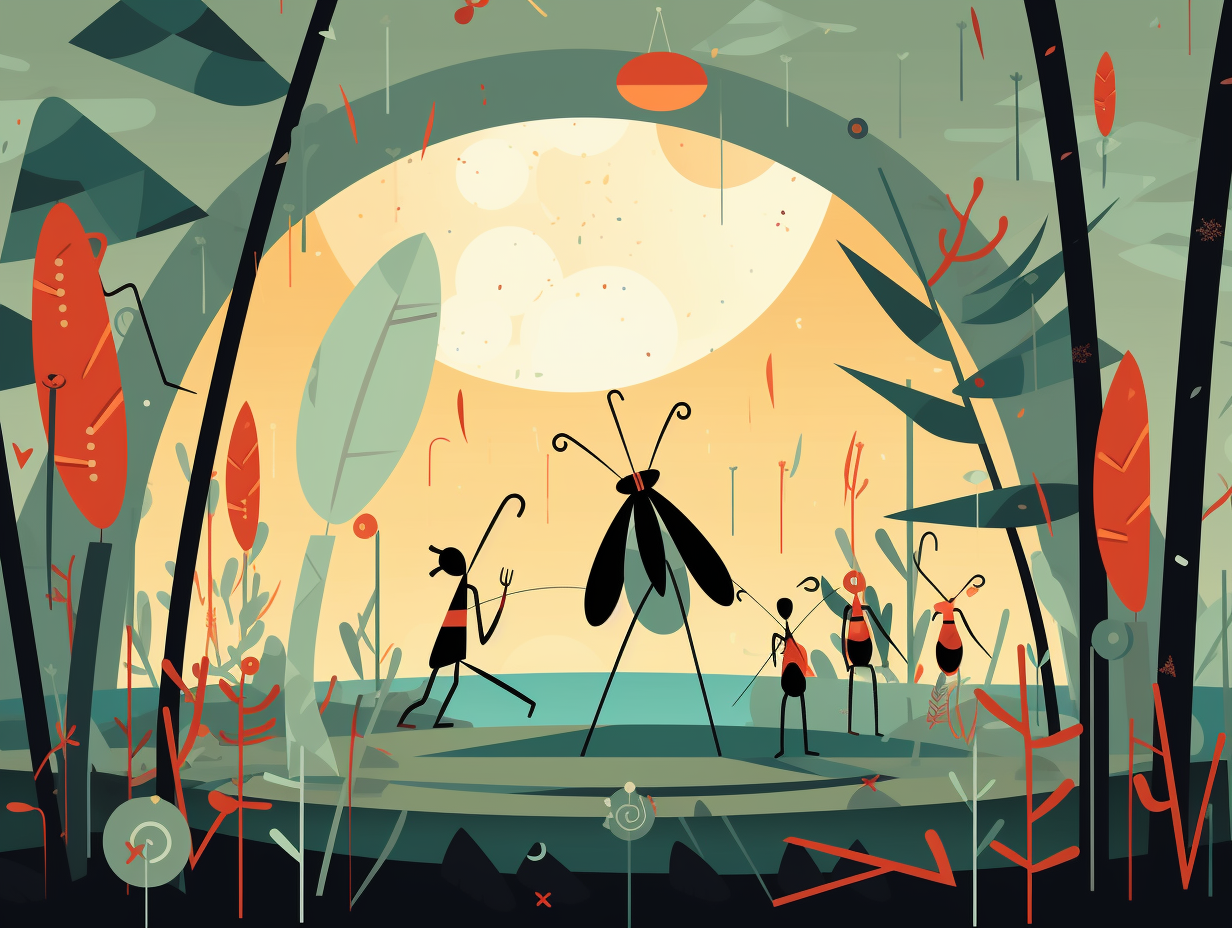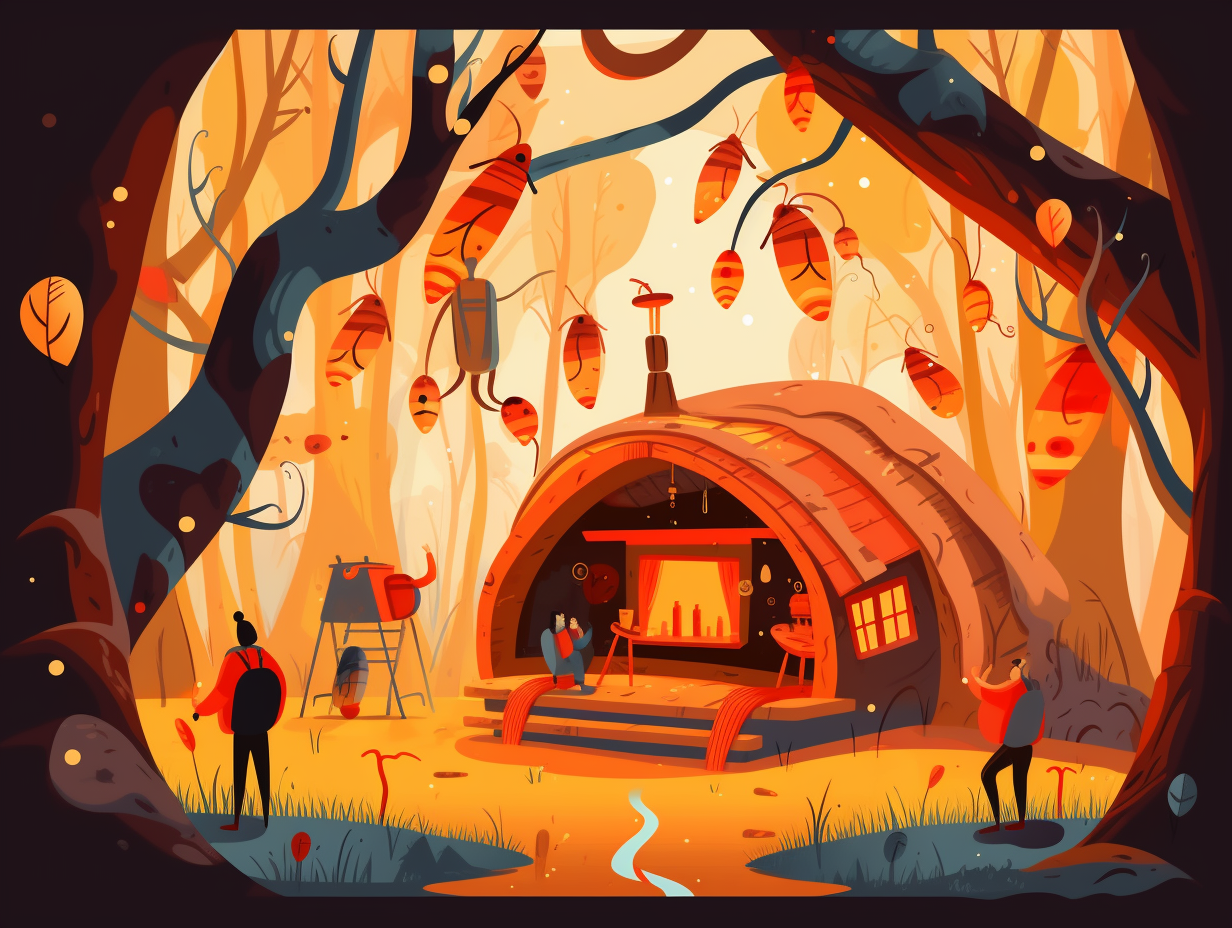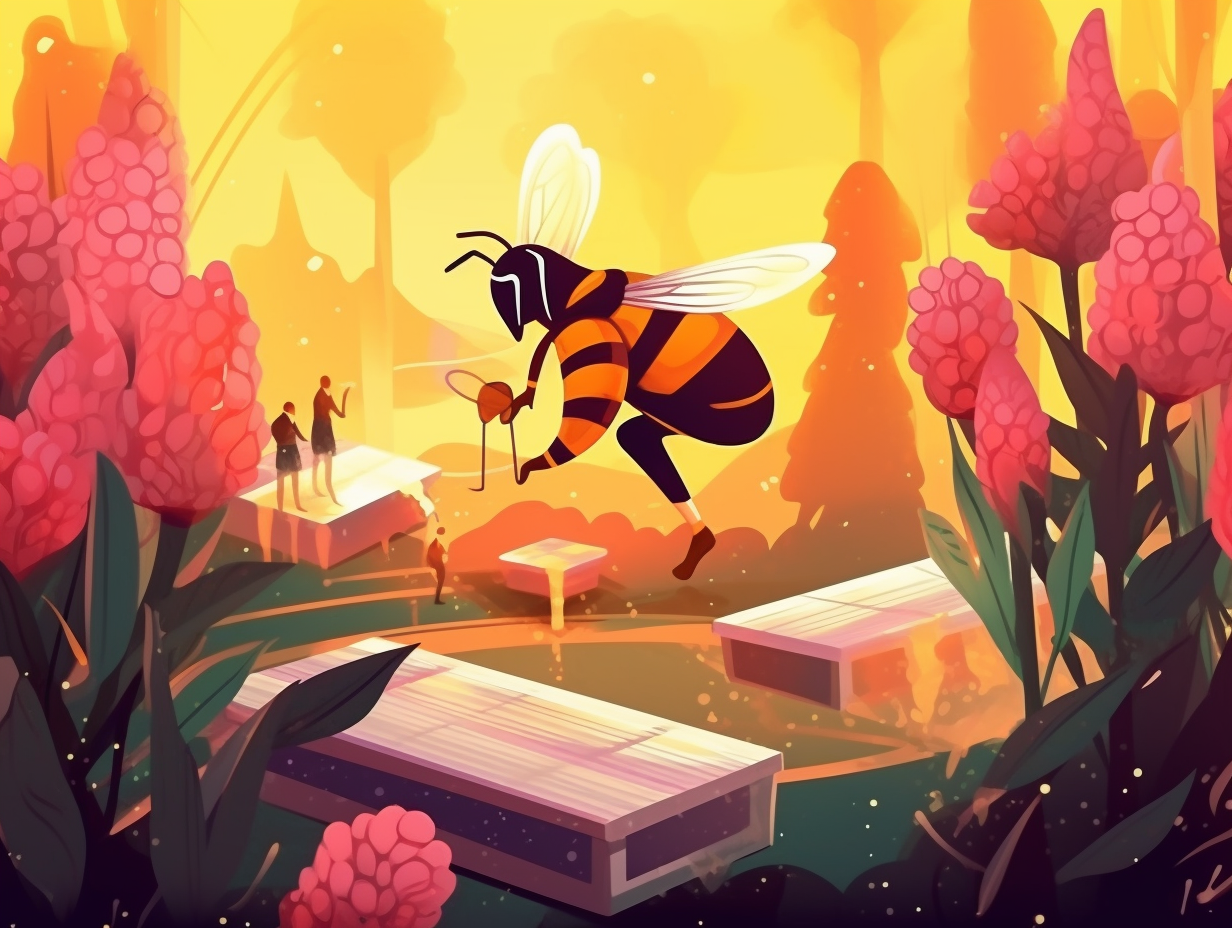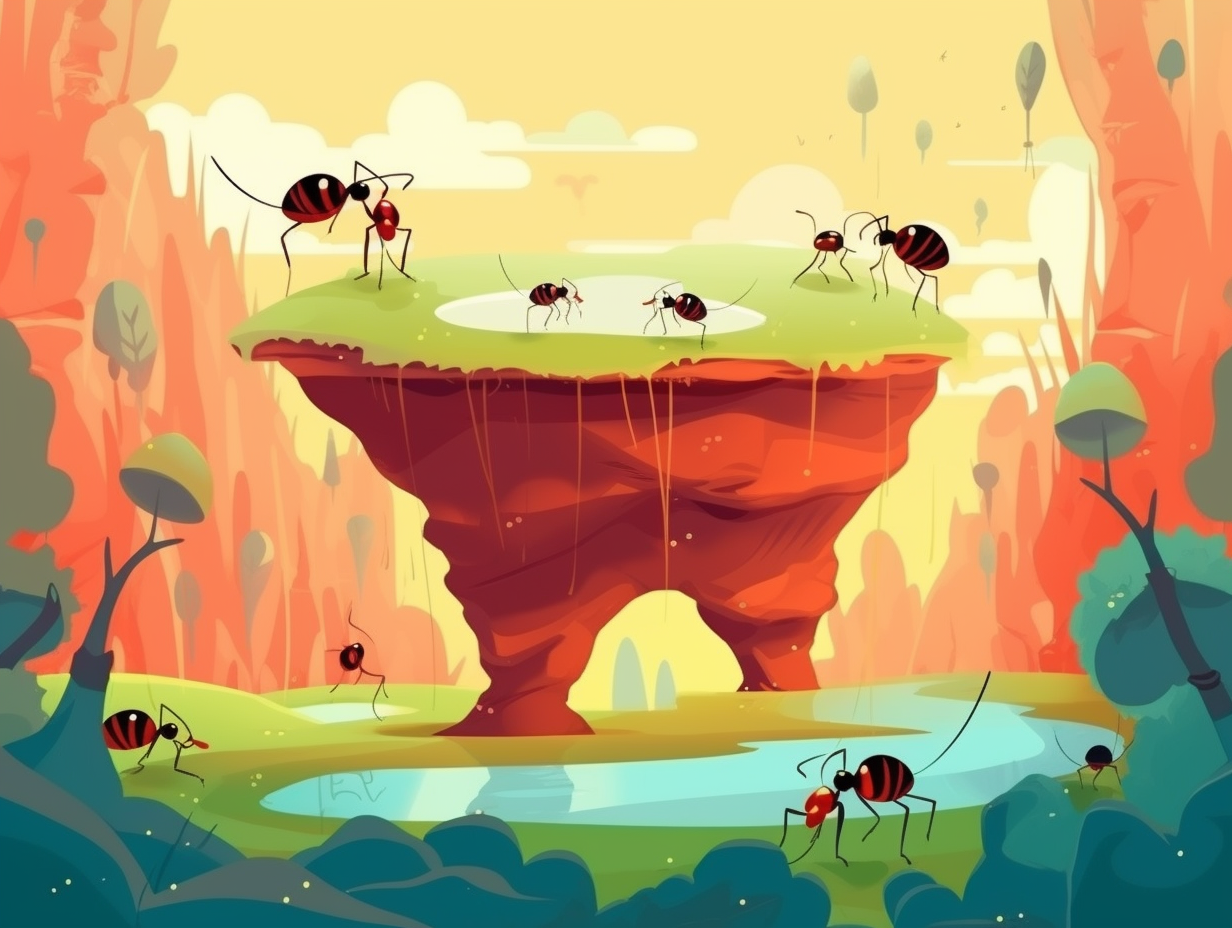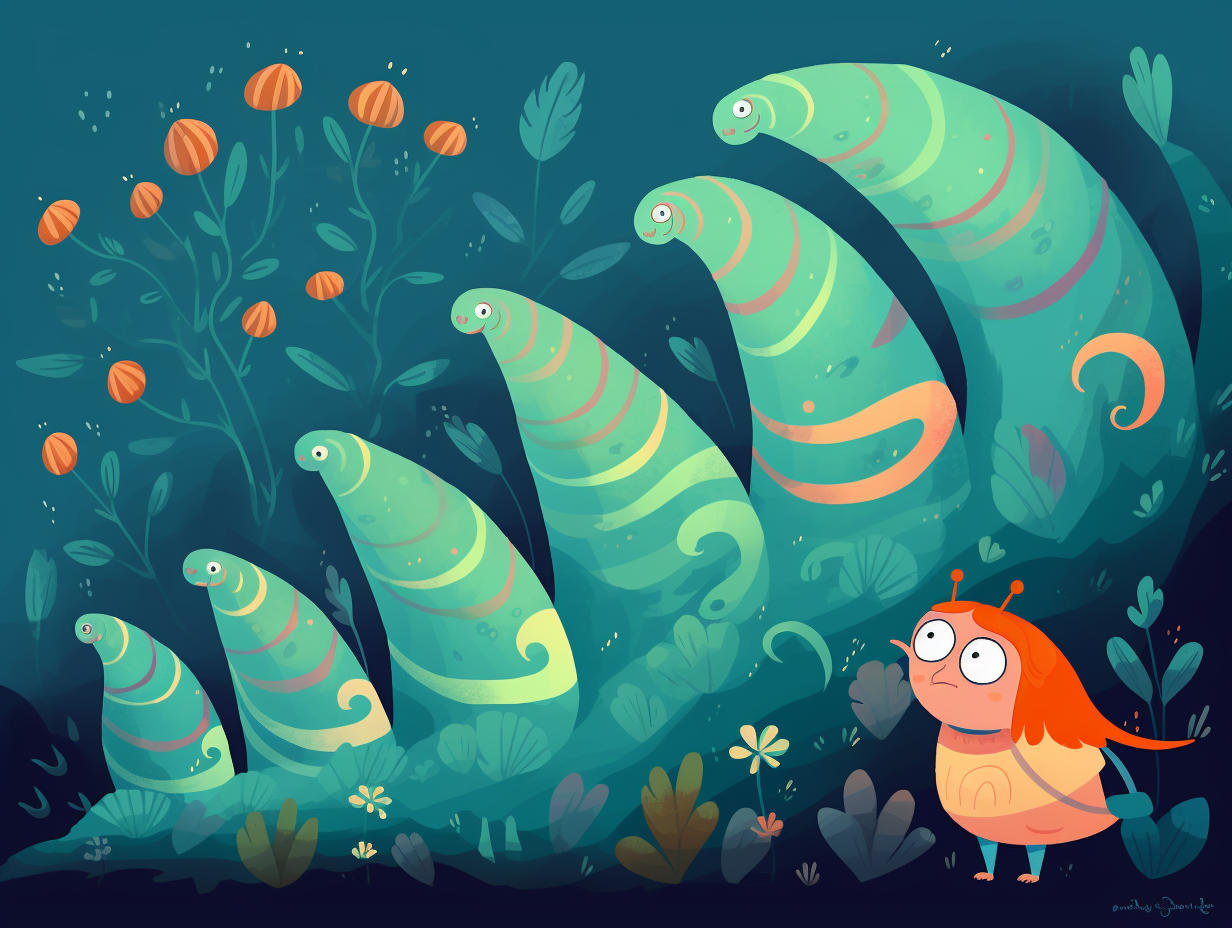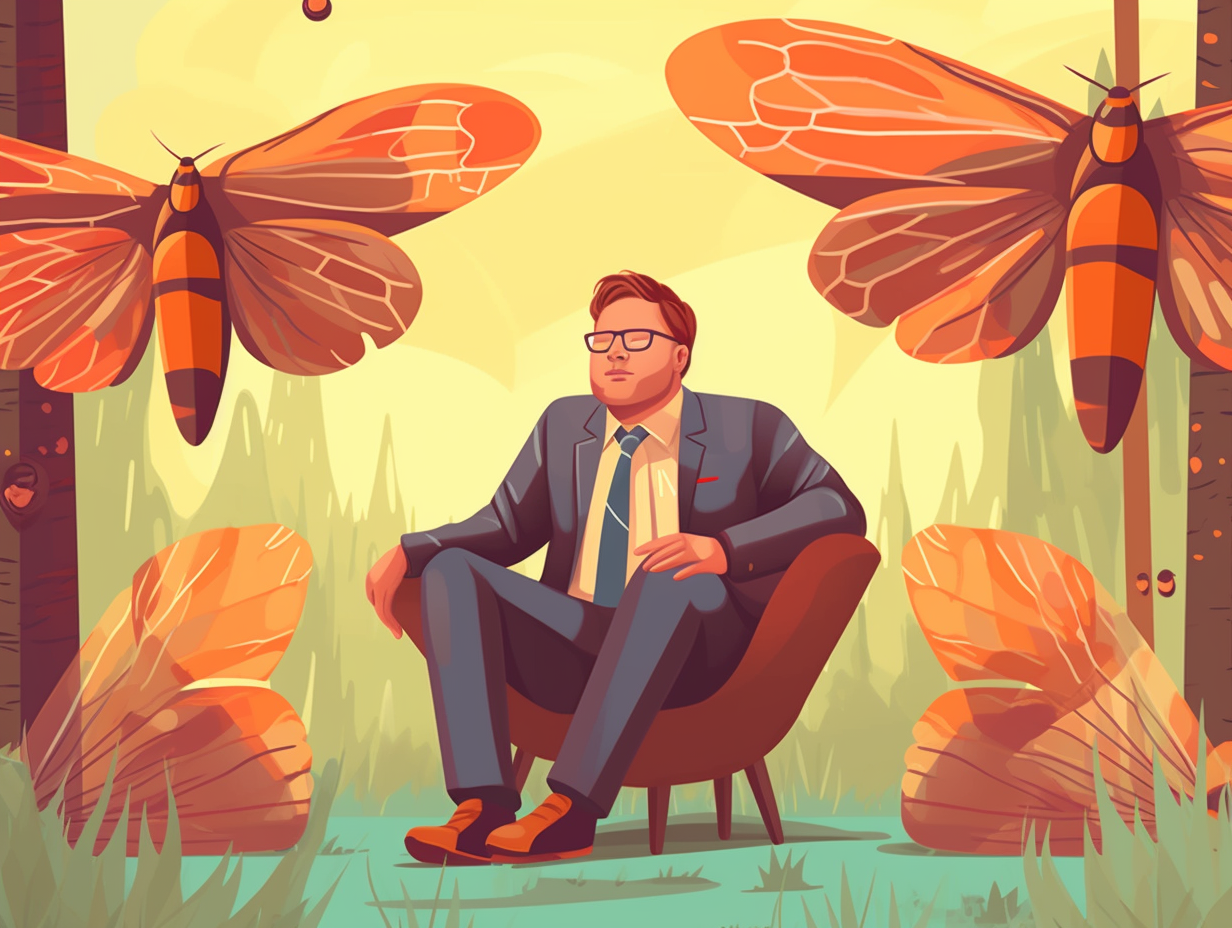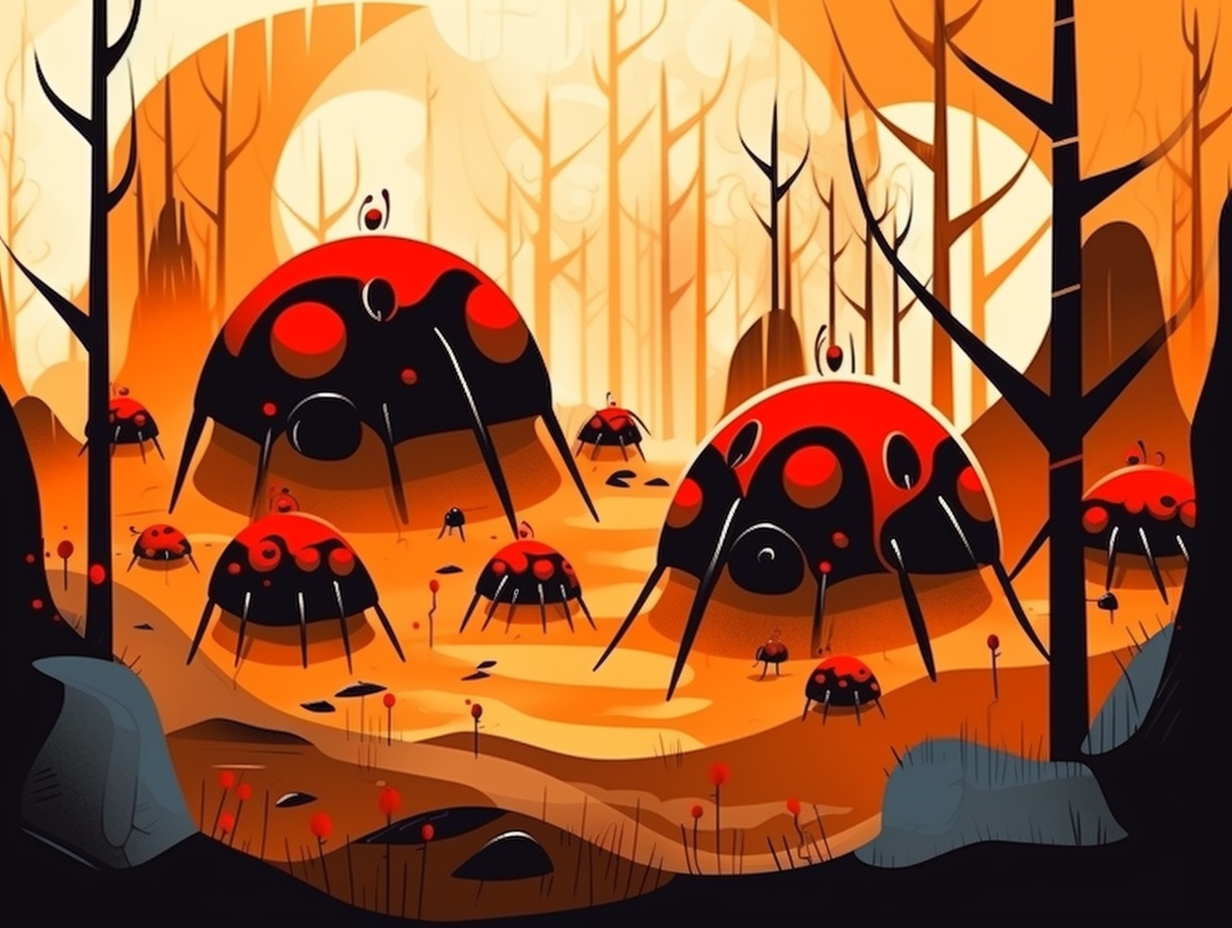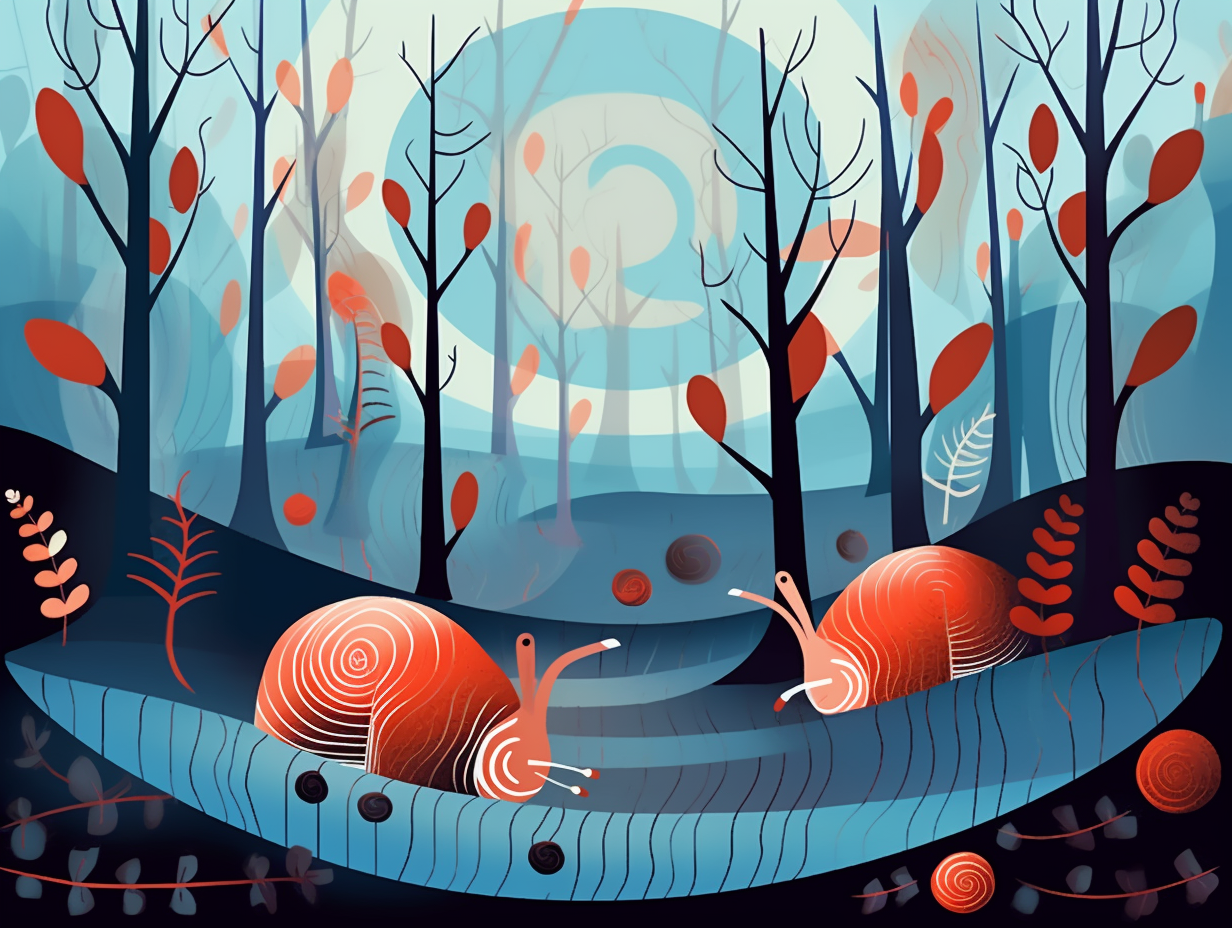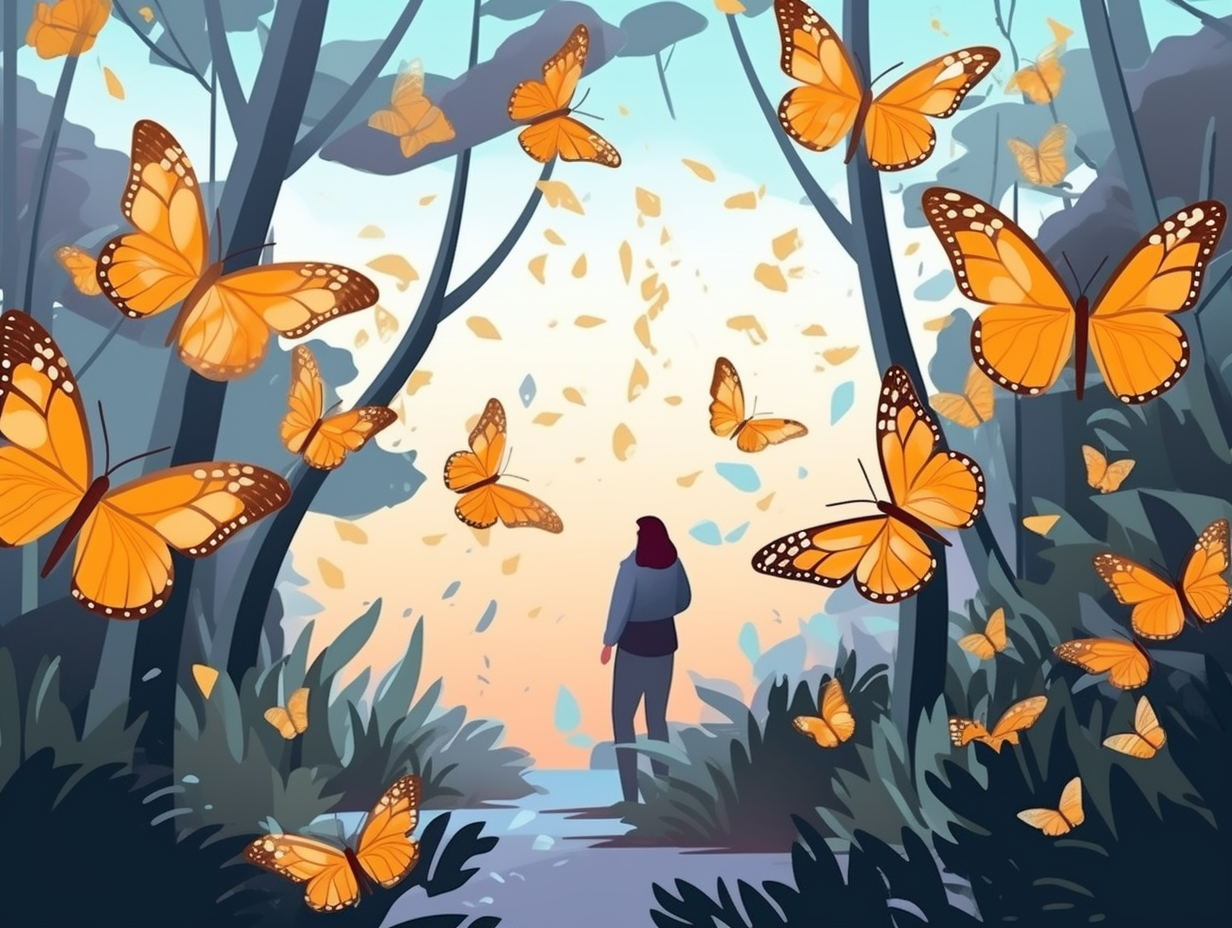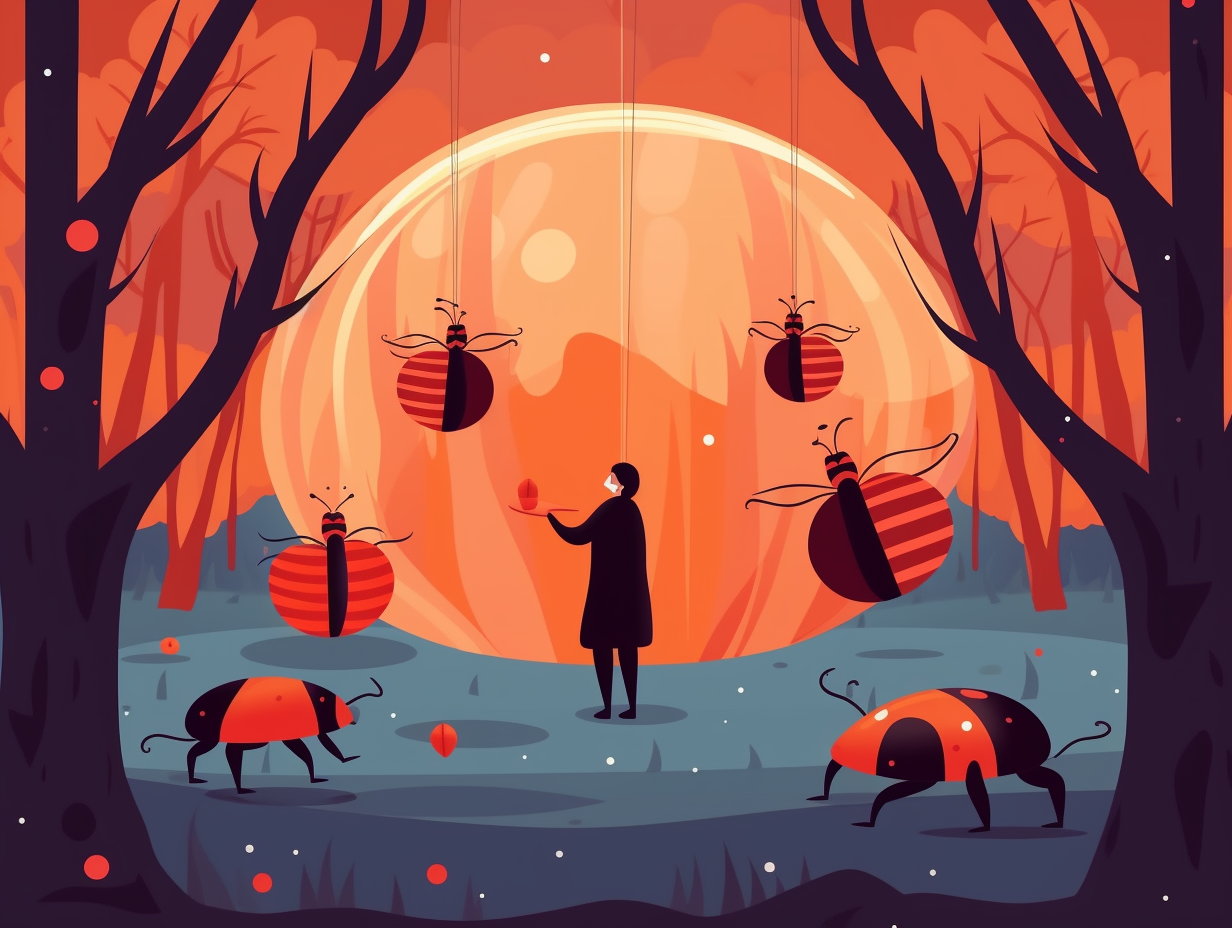Discover the Magic: Top 8 Amazing and Fun Facts About Moths You Never Knew!

1. Buzzed Moth Party
Those underwing moths sure know how to party like it's 1699: Catocala moths are drawn to a wild concoction of alcohol such as beer or wine mixed with brown sugar, a penchant that collectors use to lure these buzzed beauties in for a closer look or capture.
Source => blog.notesfromnature.org
2. Poodle Moth in Disguise
If you've ever wondered what a miniature poodle would look like in a moth costume, the Venezuelan Poodle Moth will cure your curiosity: Sporting a fluffy, fur-like coat made of soundproofing sugar chitin, this winged wonder has evolved to outsmart its predators like bats, one silent flap at a time.
Source => factanimal.com
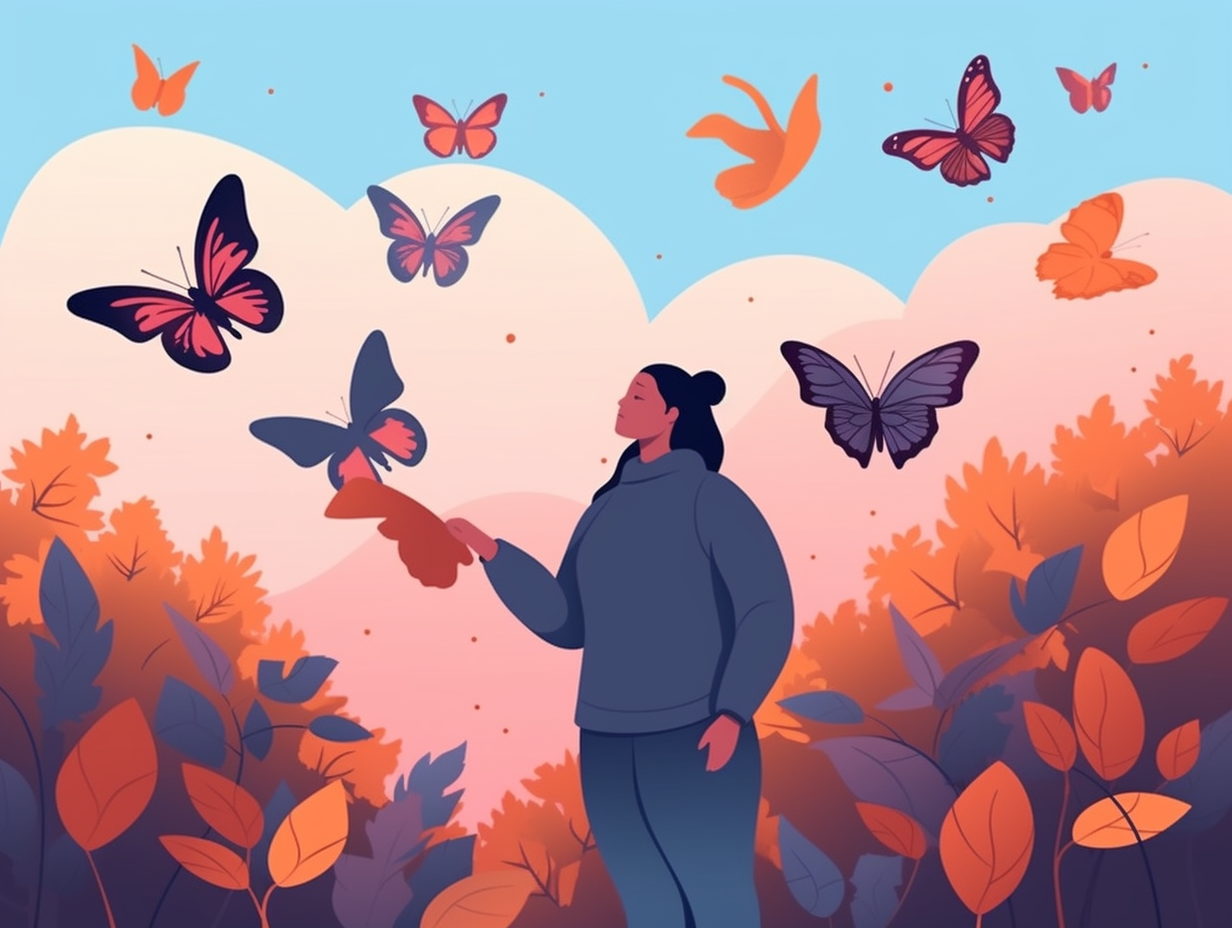
Did you know butterflies are nature's ultimate foodies? Their proboscis lets them feast on everything from nectar to animal blood and rotting fruit! Discover the science behind their bizarre diet.
=> Fun Facts about Butterflies
3. Nectar Sommeliers
Though hummingbird hawk-moths sound more like a science-fiction hybrid creature, they're actually nature's long-distance nectar sommeliers, specializing in hard-to-reach top-shelf vintages: With their inch-long, curved proboscis, these moths can access nectar from long corolla flowers like honeysuckle, outmaneuvering the competition; they frequent the summer season in the UK, all the way from their southern France vacation homes, and are part of a rare group of day-flying moths with a knack for remembering the best nectar spots on their rounds.
Source => countrylife.co.uk
4. No-Sparkle Bloodsuckers
Contrary to popular vampire romances, these bloodsuckers don't sparkle in the sun or possess brooding good looks: Male vampire moths occasionally feast on the blood of vertebrates, including humans, though they primarily obtain their sustenance by piercing fruits for their juices, with the blood-feeding habit believed to have evolved from their original plant-based diet.
Source => entomologytoday.org
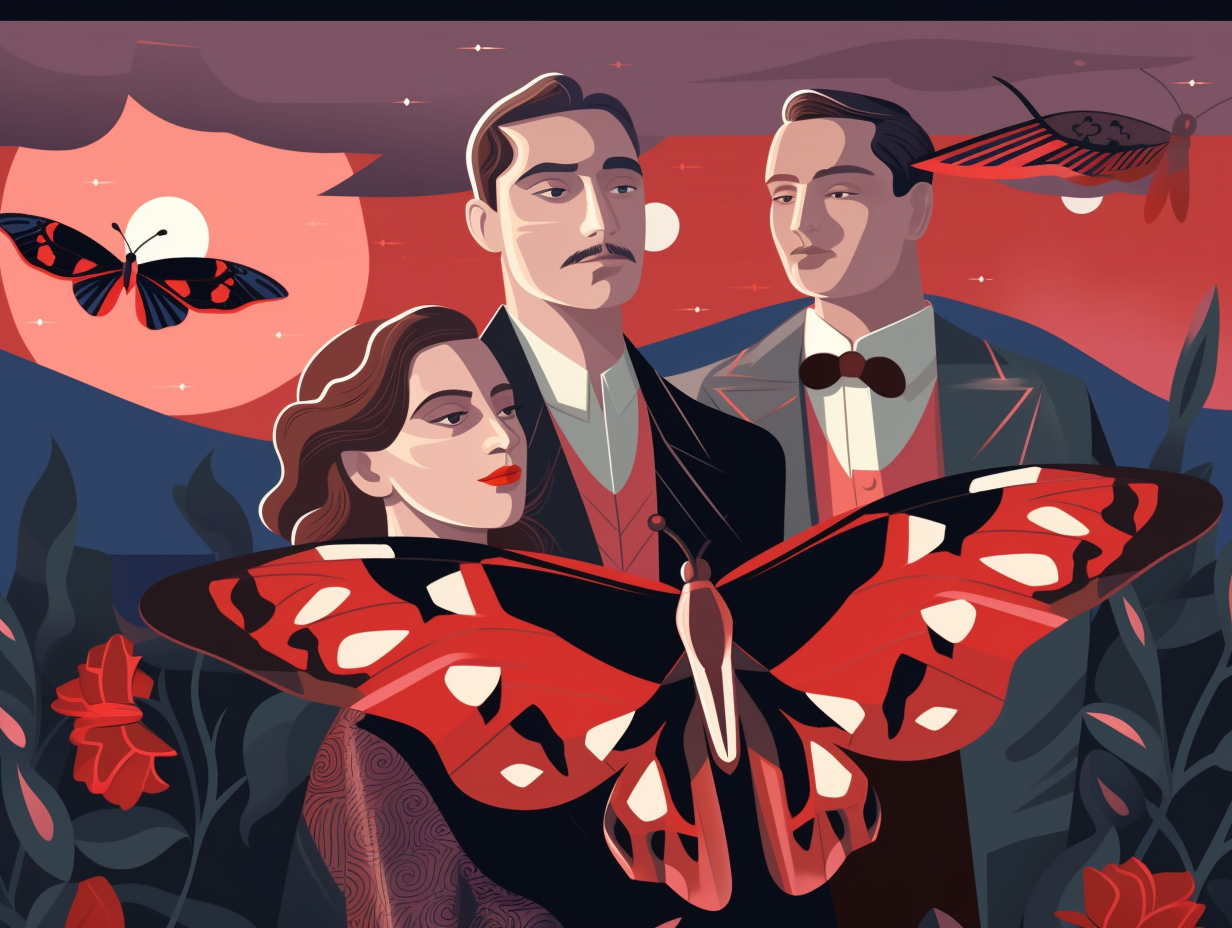
5. Moth Fashion Camouflage
Moths on shady dates, sneaking in their countershading attire: Many moth species boast a darker upper side and a lighter underside, a fashion-forward adaptation called countershading, which helps them blend into their surroundings and dodge attention from those pesky predators that just can't take a hint.
Source => en.wikipedia.org
6. Hide-and-Seek Moth Evolution
Moths playing a game of hide and seek, with a twist of Oreo cookies and environmental awareness: During the Industrial Revolution in England, peppered moths saw a rise in dark-colored variants due to natural selection, as their blackened appearance provided camouflage in polluted, dark forests, while their lighter peers stood out. However, as pollution has decreased in recent years, the dark-colored moths are retreating, and the forests are breathing a sigh of relief.
Source => askabiologist.asu.edu
7. Toxic Mustache Munchers
While I mustache you to not try this at home, these caterpillars have a toxic talent that's worth buzzing about: the oleander hawk-moth caterpillars can happily munch on oleander leaves without a care in the world, immune to the plant's poisonous pitfalls which would be lethal to most other creatures.
Source => en.wikipedia.org
8. Picky Moth Diners
Moths: the picky eaters of the bug world who could give a Michelin-starred restaurant a run for its money! No leftovers for these little guys: Yucca moths prefer the exclusivity of untouched flowers for laying their eggs, steering clear of any floral real estate that has been previously occupied. This fussy behavior guarantees enough food for every caterpillar and ensures the success of both the moth and yucca plant species.
Source => nwf.org
Related Fun Facts

